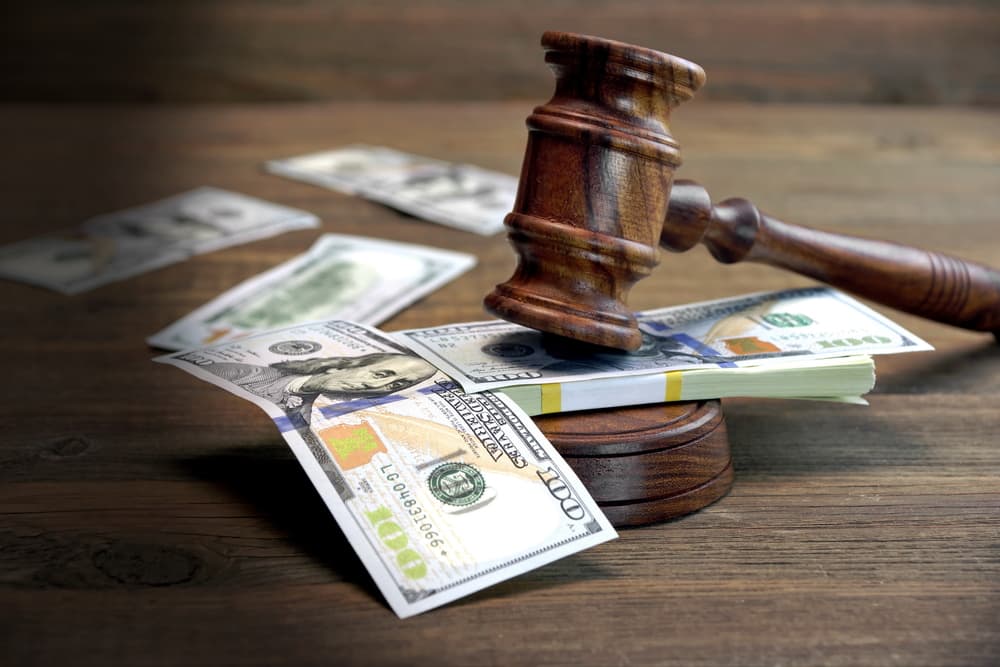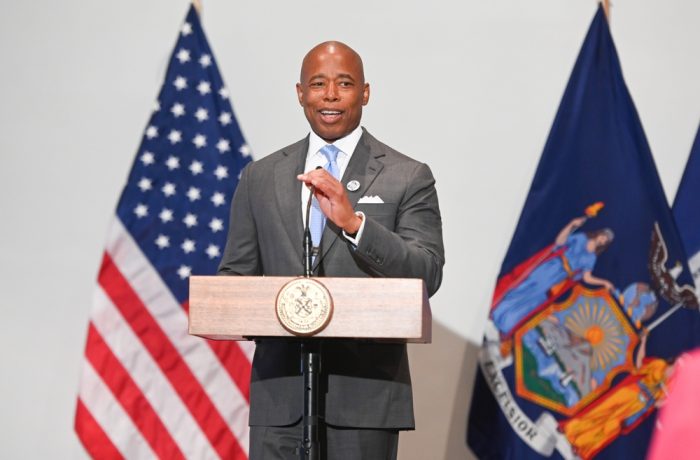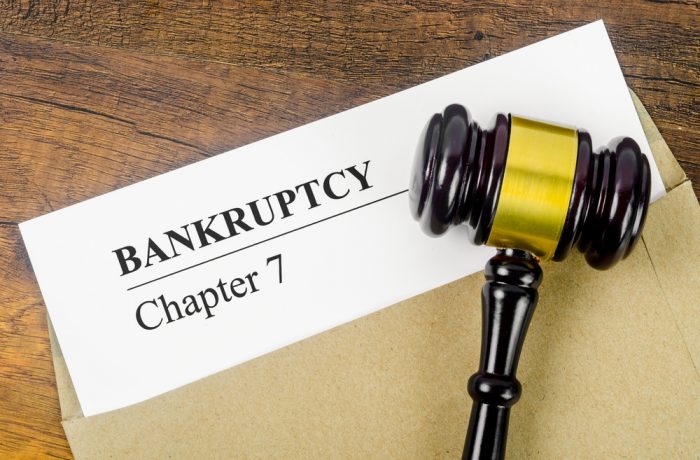Financial hardship can strike anyone, leaving individuals overwhelmed by debt and pursued relentlessly by creditors. In such dire circumstances, seeking refuge in bankruptcy can provide a path towards financial stability.
One of the most significant safeguards offered by bankruptcy is the automatic stay. This legal provision serves as a vital shield, protecting debtors from the relentless actions of creditors, including foreclosure, wage garnishment, and repossession. Understanding how the automatic stay works is essential for those navigating the complex terrain of bankruptcy.
At its core, the automatic stay is an injunction that halts most collection activities by creditors the moment a debtor files for bankruptcy. The bankruptcy code provides a powerful tool to grant debtors immediate relief from the constant pressure of creditor actions. An automatic stay goes into effect upon filing for bankruptcy, prohibiting creditors from initiating or continuing any legal proceedings or collection efforts against the debtor. This includes actions like foreclosure, wage garnishment, repossession, lawsuits, and even harassing phone calls or letters from creditors.
One of the primary benefits of the automatic stay is its ability to give debtors a sense of breathing room to reorganize their finances and work towards a fresh start. For instance, in the case of foreclosure, the automatic stay temporarily stops the process, allowing the debtor time to explore options such as loan modification, short sale, or even surrendering the property without the imminent threat of losing it to foreclosure.
Similarly, the automatic stay immediately stops wage garnishment, a severe consequence of debt default. This means that creditors cannot continue to deduct money directly from a debtor’s paycheck, providing much-needed relief to individuals struggling to make ends meet.
Moreover, repossession of assets such as vehicles or personal property is also put on hold by the automatic stay. This allows debtors to work with their bankruptcy trustee to determine the fate of these assets, whether they will be surrendered, redeemed or reaffirmed through bankruptcy.
It’s important to note that while the automatic stay offers significant protection to debtors, there are exceptions and limitations. Specific actions, such as criminal proceedings, child support or alimony obligations, and certain tax proceedings, are not subject to the automatic stay.
Additionally, creditors can seek relief from the automatic stay under certain circumstances, such as demonstrating that the debtor has no equity in the property and the property is not necessary for an effective reorganization in Chapter 13 bankruptcy. Furthermore, the automatic stay is not indefinite. In some cases, creditors may petition the bankruptcy court to lift the automatic stay, allowing them to proceed with their collection efforts. However, such requests are typically granted only if the creditor can demonstrate a valid reason, such as a lack of adequate protection of their interests or the debtor’s inability to meet their obligations.
In summary, the automatic stay is a crucial lifeline for individuals facing overwhelming debt. By halting creditor actions such as foreclosure, wage garnishment, and repossession, it allows debtors to regroup and navigate the bankruptcy process with a greater sense of stability. While it is not a permanent solution, the automatic stay offers much-needed relief and a chance for individuals to work towards a more secure financial future.
Legal Guidance:
Bankruptcy is not the end, it’s a new beginning. Give yourself the opportunity of a fresh start. Contact the Bankruptcy Law Firm of Figeroux & Associates today. Call 855-768-8845 or visit www.askthelawyer.us to schedule a consultation.





